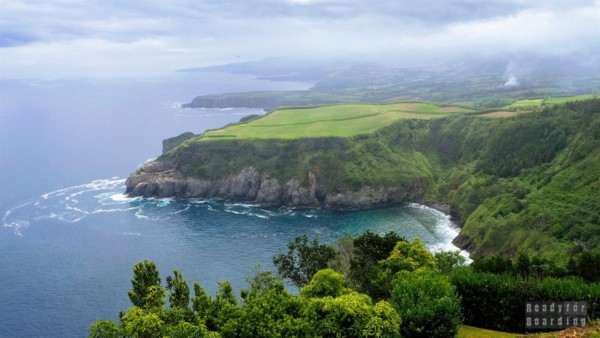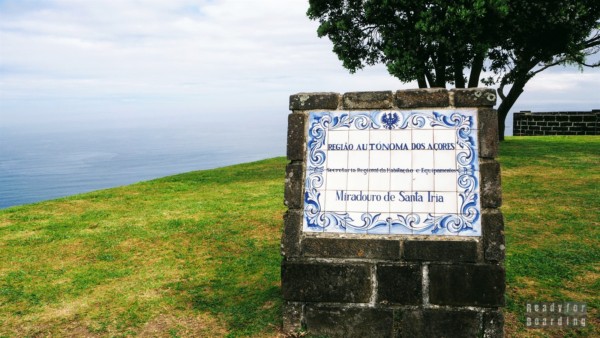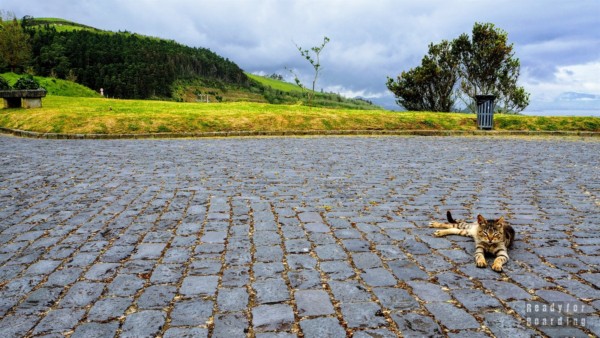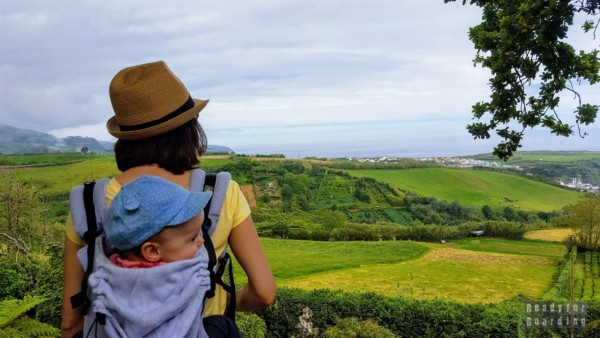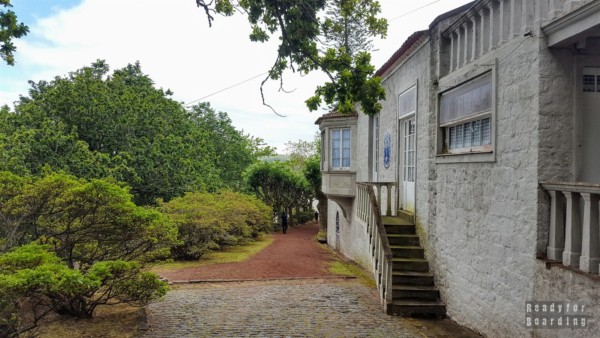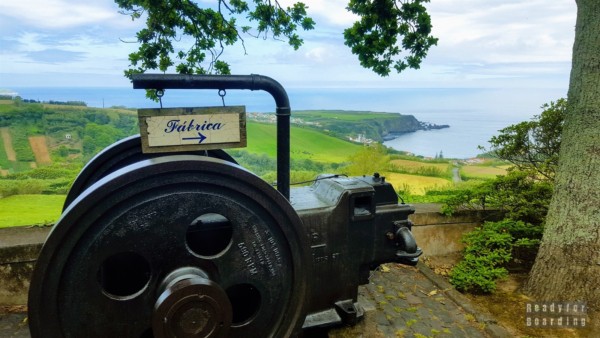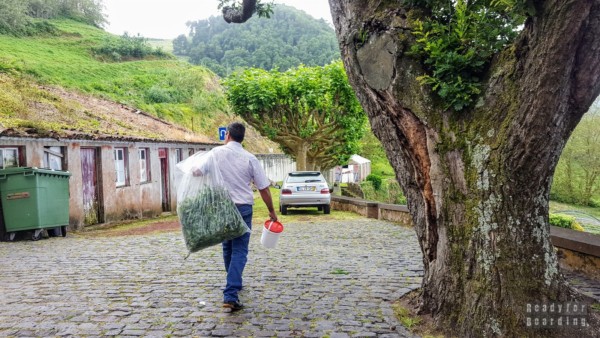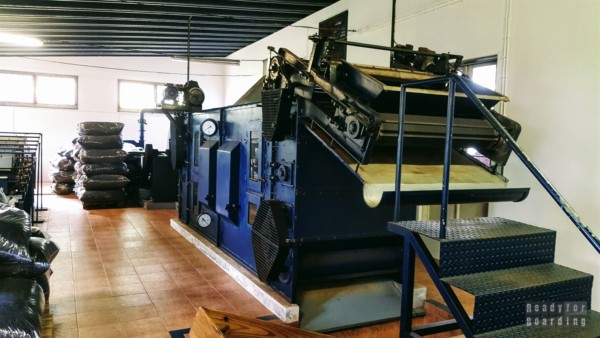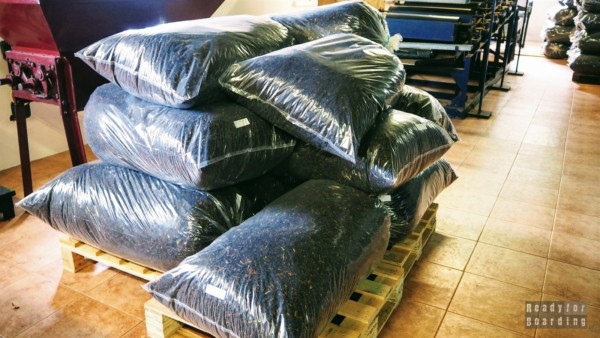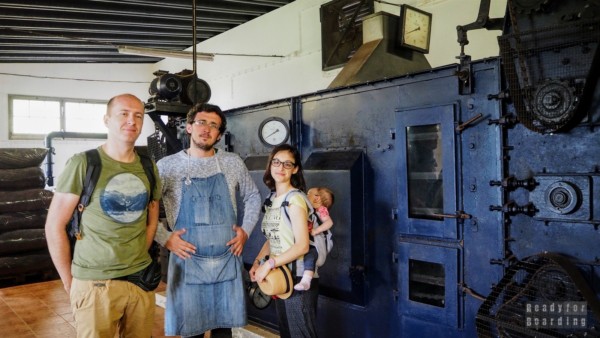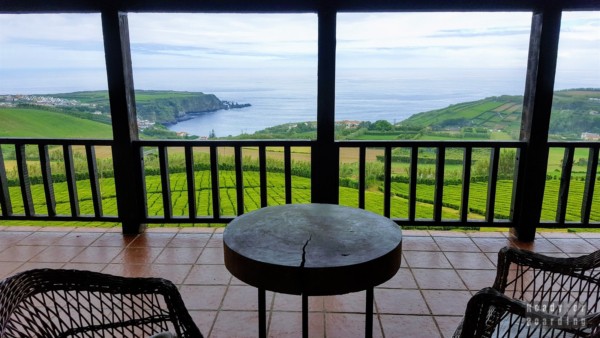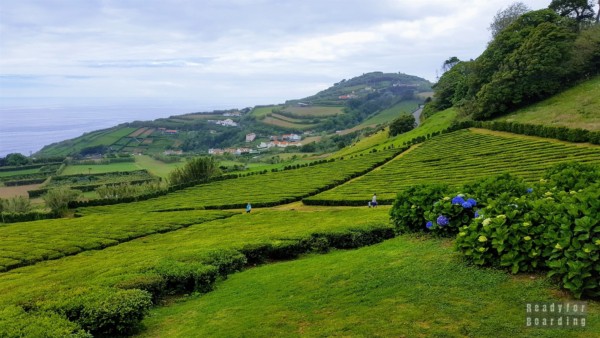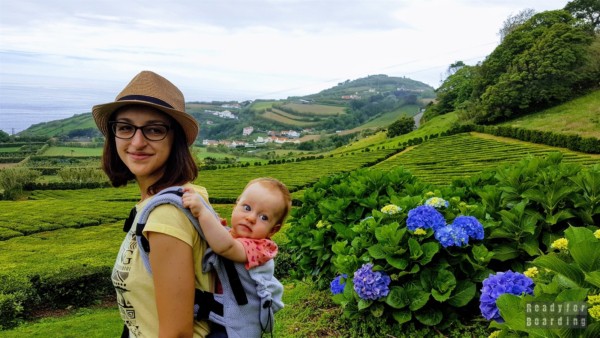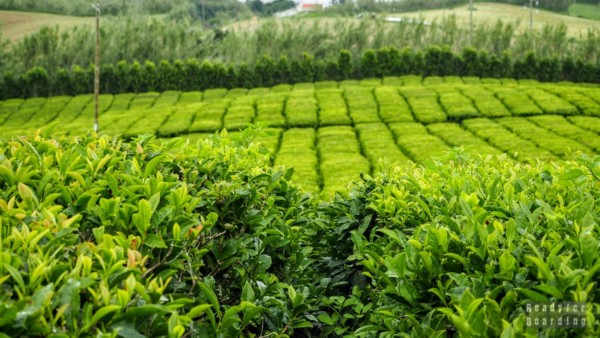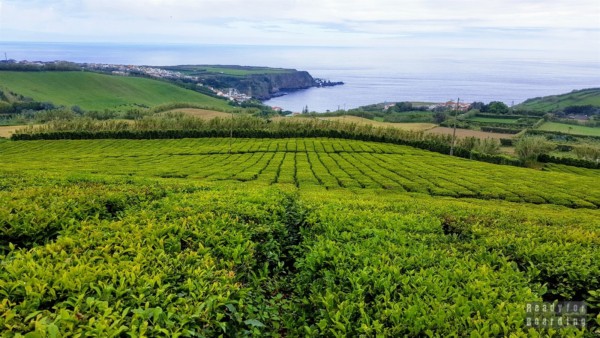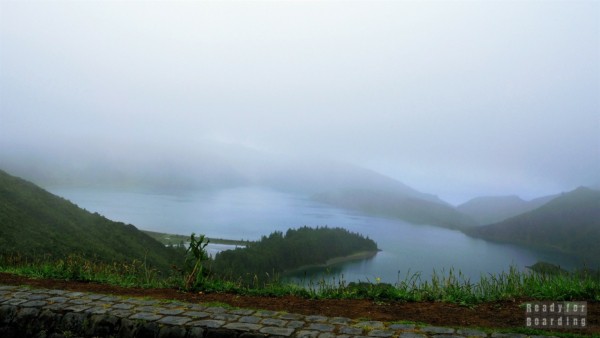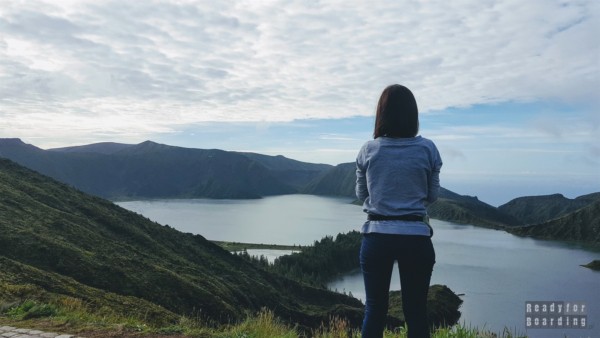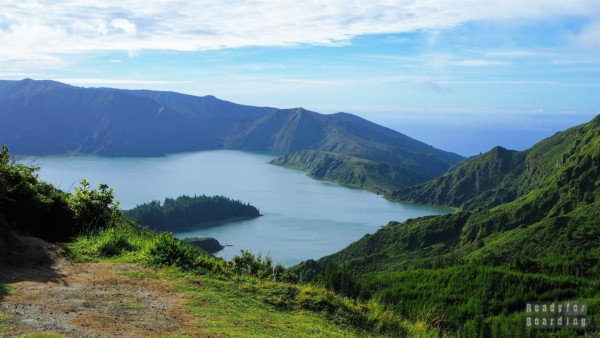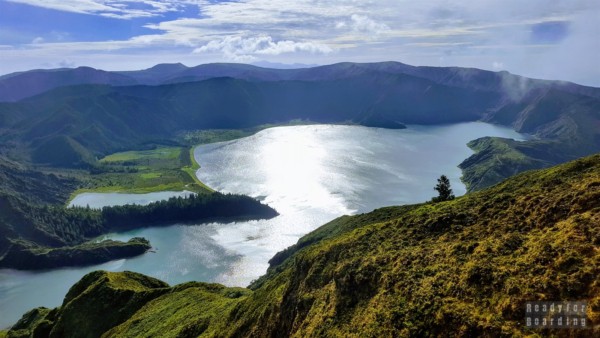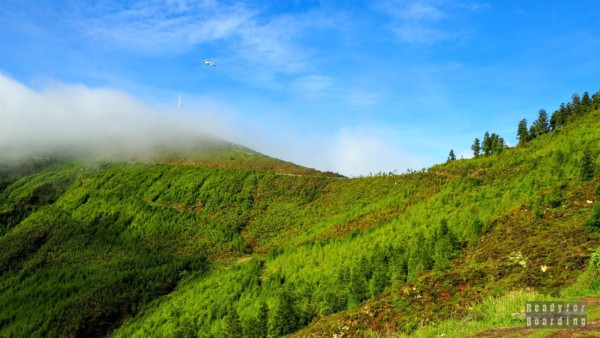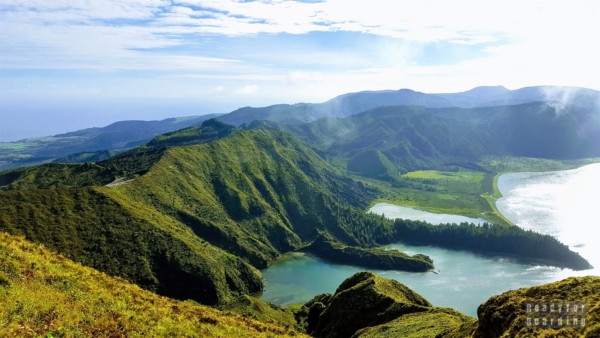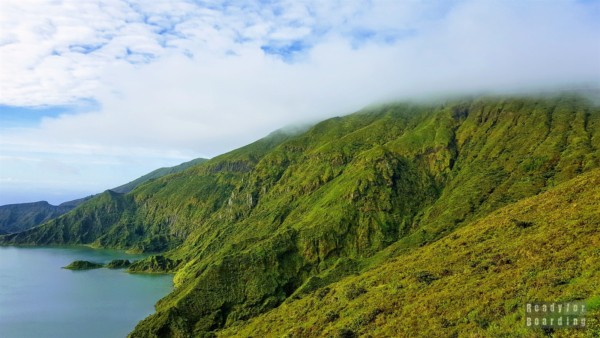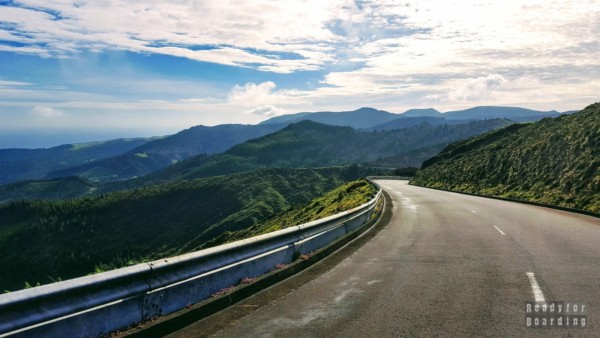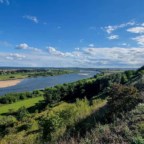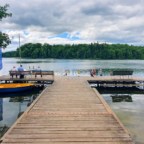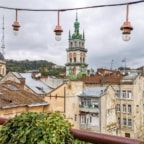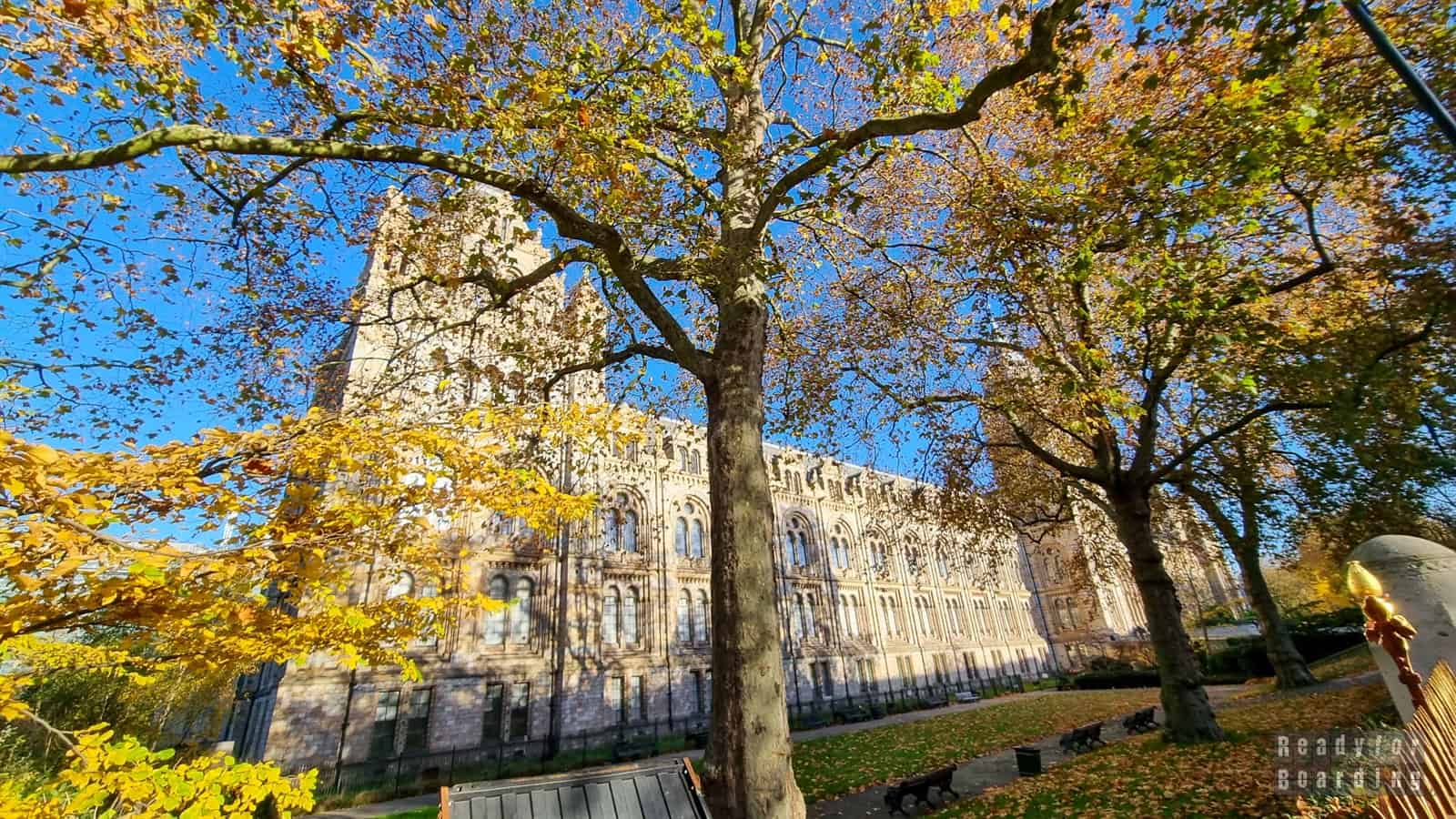In this post, we will not praise Ceylon tea straight from Sri Lanka, but the more local, European one! We will also suggest where to go with a thermos full of this warm tea to enjoy the view of another beautiful caldera.
Did you know that there are tea plantations in Europe too! And that’s a whole two :) Both two are located in the Azores, on the island of São Miguel (and how!). And even though they are inferior in taste to delicious Ceylon tea, it is still worth seeing what the tea leaves look like before they are picked and the process of further preparation.
By the way… remember, this is the Azores, so we have to recommend another spectacular place – Lagoa do Fogo, which is just as beautiful as Sete Cidades.
Table of contents
A tea plantation in Europe!
What’s great about São Miguel is that it’s close to everywhere, especially if you stay overnight in a village located in the central part of the island. Depending on the weather and our grooming, every morning we decided where we would go. We didn’t have to break up at the crack of dawn to even make it to the tip of the island.
Since the weather promised to be fine we decided to drive to Lagoa do Fogo, hopping into a nearby factory for a cup of tea on the way ;)
We set off from Ribeira Grande to the east of the island, stopping at the Miradouro De Santa Iria viewpoint along the way. Unfortunately, once again our eyes were shown the coast with złclouds. However, they were not able to deter us ;)
A few delights, breaths of the wonderful fresh air, strokes of the hatching cat and we could move on.
Tea tasting
We stopped at the first plantation on the Ribeira Grande side, in the village of Porto Formoso – Fábrica de Chá do Porto Formoso. The tea plantation is located just off the main road, you should recognize it without any problem, although you won’t see the tea bushes from the road.
Quietly, a field with evenly planted shrubs is right next door – you can go down, walk among them and take a close look at the leaves. It is not a very large area, but nevertheless it was an interesting sight for us, as we had never been to a tea plantation before. We also did not know the whole process of preparing the leaves, and here we learned it.
We also recommend our eBook “Azores” »! All in one place with 103 pages full of inspiration, descriptions and practical advices. The perfect guide for anyone planning a trip to the Azores!
Where does tea even come from in this archipelago? Surprisingly, it found its way here from… Brazil, and its breeding began in 1820. In its heyday, the plantations covered an area of 300ha.
This is a free attraction and anyone can use it. What I have in mind is a short tour of the small factory, where there are machines, equipment and bags of packaged tea leaves. We were guided through the whole thing by an employee, who talked in great detail about how they work and the path of the leaves from the bush straight to the boiling water. Unfortunately, we just happened to hit the time when production was halted because the rooms were being painted.
At the end of the short tour, we were offered a tea tasting. To be honest, it was too weak for us, as we prefer to drink stronger, however, it was flavorful. Of course, we did not fail to buy a few packs of tea for Poland (you can also find teas from this company in stores and markets, but they are a bit more expensive there).
What does such a tea plantation look like, in Europe? And yes ;-) :
That would be enough of a tour of this plantation. Heading east, we saw another one – Fábrica de Chá Gorreana– and there were more stopped cars at it, but we decided to keep going, as there were quite a few views ahead. We also bought tea from this company, but it turned out to be even weaker than the competition ;)
There’s no denying it, you don’t go to the Azores to taste the best tea in the world – you won’t find that here, but it’s still surprising that tea plantations exist in the archipelago.
Lagoa to Fogo
Did we mention that there are fabulous views in the Azores? We’ve already written about the beautiful Sete Cidades, and now we’re going to recommend another caldera to you – Lagoa do Fogo (Lake of Fire).
The crater with the lake is located in the central part of the island and, as in Sete Cidades, here too there is a high probability that you will hit cloudy weather. We made two approaches, because the first time we didn’t even see the lake, but the second time we saw it in all its glory. And there is plenty to see – the lake is 2 kilometers long and 1 kilometer wide. It was formed after the last eruption, which took place in 1563.
In addition to the lake itself, see how beautiful the green-covered hillsides are:
And two more panoramas:
Where to go to see such a view? Be sure to go to Miradouro da Lagoa do Fogo and Miradouro do Pico da Barrosa – both points are located on the main R 5-2 road and are impossible to miss. The access road itself is also not bad :)
Here you will also find trekking trails, where you can go off the road to the lake itself :)
Azorean landscapes abound with beautiful, breathtaking views. The weather can stand in the way of admiring them, but as you can see, it’s worth waiting and going several times to one place, because each time the clouds will form differently, and with a little luck they will go away, and the long-awaited view will appear before your eyes :)
--- self-promotion ---
⭐ The perfect guide for anyone planning a trip to the Azores!
We highly recommend our ebook!
Ready-to-use 103 pages full of inspiration, descriptions and practical advice.
--- self-promotion ---
We also recommend our post from the Azores: How do pineapples grow?:)


